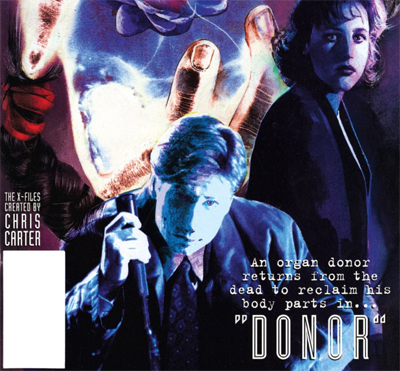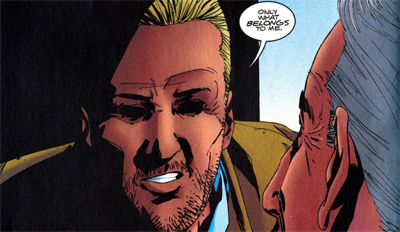Django Unchained is one of the most quietly influential movies of the twenty-first century.
It feels strange to acknowledge that fact, to say it out loud. On paper, it sounds absurd. Django Unchained is an R-rated western that deals with slavery in the manner of an exploitation film, released at Christmas. It is a movie that is downright abrasive, in terms of both tone and content. On the one hand, it is cheeky and provocative, playful and flippant; it is hyperstylised, from the Ennio Morricone score to the camera zooms to the bright flourishes of colour. It is also so violent and brutal that it is difficult to watch, even having seen the film before and knowing when the horrors are coming.

However, the film was a box office success. It earned over one hundred and sixty million dollars at the domestic box office, and more than two hundred and sixty million dollars at the foreign box office. More than that, it became a cultural touchstone. Jamie Foxx would reprise the role of Django in A Million Ways to Die in the West. The character would appear in a number of licensed comic book adaptations, including a crossover with Zorro published by Dynamite and Vertigo publishing.
The influence of Django Unchained is subtler than that. It is a film that shifted the conversation on the popular history of the United States. It did not do this alone, and it is hard to argue whether it was part of a broader cultural shift or simply a reaction to it. Nevertheless, Django Unchained coincided with a massive shift in how popular culture engaged with American history. Its impact is felt in the strangest of places, from the blending of horror movie conventions with a western aesthetic in films like The Revenant or Bone Tomahawk to the sounds of Kanye West playing over the opening scenes of Underground.

There had been movies about slavery before; indeed, Django Unchained was released roughly contemporaneously with both Lincoln and 12 Years a Slave. However, there had never been a movie about slavery like this. The western genre had been greatly diminished before Django Unchained was released, but it was profoundly changed in its wake. After Django Unchained, it seemed to become impossible to construct a western without reference to the atrocities upon which the west had been won.
Django Unchained argued that these horrors weren’t just one version of the story, but instead an essential part of the overall story of the frontier and the nation. Sofia Coppola’s refusal to confront slavery in The Beguiled became a minor controversy. Even Hostiles confronted the genocide of the Native Americans. There were westerns that avoided these controversies in the intervening years, but they became fewer and further between. Indeed, The Ballad of Lefty Brown is perhaps most notable for the ill-judged scene in which its only major African American character attempts to lynch the white lead.

Still, even approaching Django Unchained more than half a decade removed from its release, it remains a fascinating and compelling piece of cinema. It is a genuinely provocative piece of cinema, one designed to challenge and upset the audience. However, the true beauty of the film lies as much in its contours and finer details as it does in the broad strokes, in the little touches that enrich and enlighten the finished product. In particular, the sense that Tarantino understands the precarious nature of what he is attempting, despite the somewhat flippant attitude towards violence and bloodshed.
This sense of consideration and reflection is perhaps best explored in the character of King Schultz, who is positioned quite cannily as a deconstruction of the familiar white saviour trope.

Continue reading →
Filed under: Movies | Tagged: catharsis, Django, django unchained, Movies, quentin tarantino, racism, retribution, revenge, Slavery, tarantino, western, white saviour | 4 Comments »






































